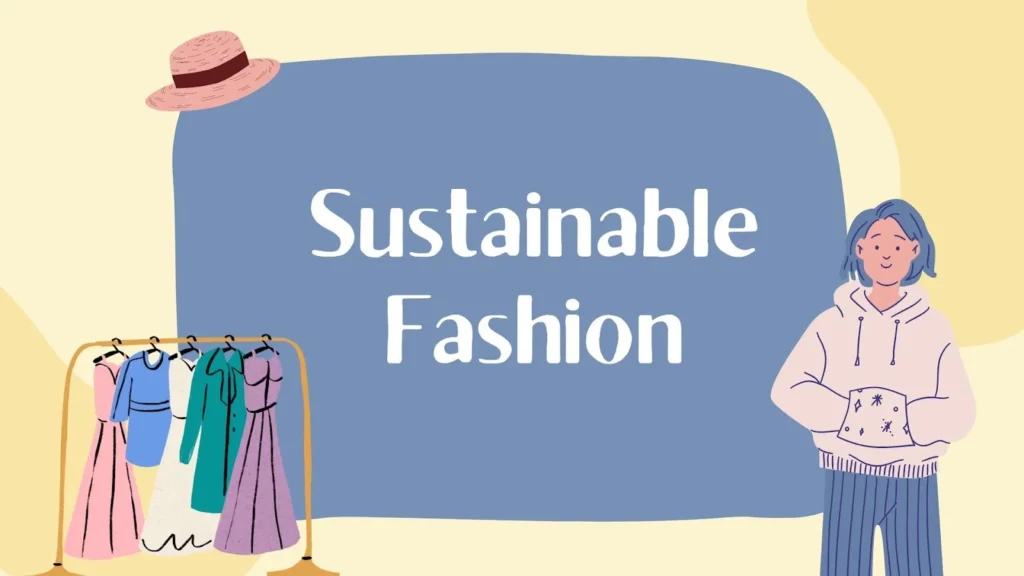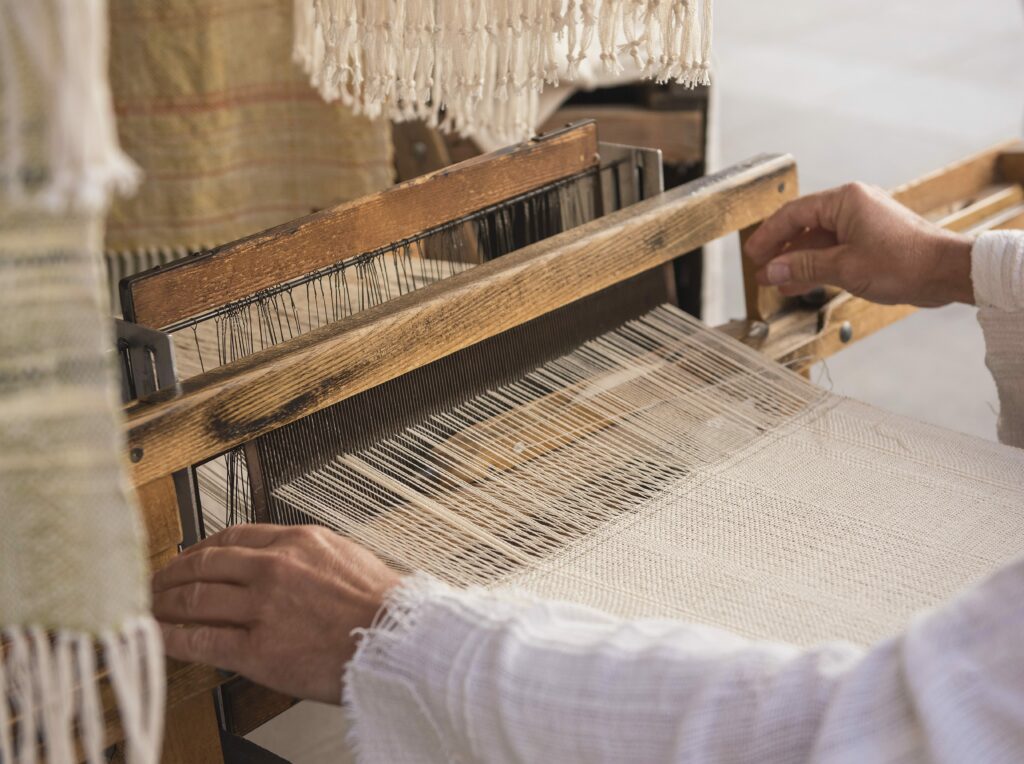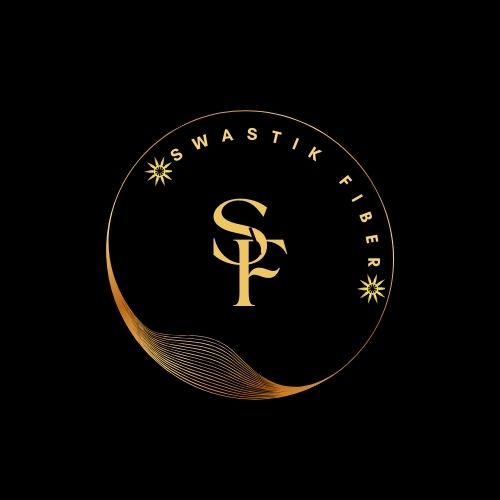Sustainable Fashion: Why Handloom Matters
In a world where fast fashion dominates, the significance of sustainable alternatives cannot be overstated. Among these, handloom textiles stand out not only for their exquisite craftsmanship but also for their positive impact on both the environment and the communities involved in their production. In this article, we delve into why handloom matters in the realm of sustainable fashion.
1-
Environmental Impact of Handloom Handloom textiles are crafted manually using traditional methods, which significantly reduce the carbon footprint compared to mechanized production. Unlike mass-produced fabrics, handloom textiles typically don’t require the extensive use of electricity or water. Moreover, the absence of heavy machinery eliminates the emission of harmful pollutants, making handloom weaving a truly eco-friendly process.


-
Preservation of Traditional Techniques Handloom weaving is deeply rooted in cultural heritage and traditional craftsmanship. By supporting handloom textiles, we contribute to the preservation of these age-old techniques passed down through generations. This preservation not only honors the rich history of weaving but also ensures the survival of artisanal skills that might otherwise fade away in the face of industrialization.
-
Empowerment of Artisan Communities Behind every handloom fabric lies the story of skilled artisans and weavers whose livelihoods depend on this craft. By opting for handloom products, consumers directly support these artisan communities, providing them with fair wages and stable employment opportunities. This empowerment fosters economic growth and social development in rural areas, helping to alleviate poverty and sustain traditional ways of life.
-
Promotion of Fair Trade Practices Handloom textiles are often associated with fair trade practices, where producers receive equitable compensation for their labor and resources. Unlike in mass production, where garment workers are often exploited and underpaid, the handloom industry emphasizes ethical treatment and fair wages. Choosing handloom products aligns with ethical consumerism values, promoting social justice and responsible consumption.





Diversity in Design and Style Handloom textiles offer a diverse range of designs, patterns, and textures, reflecting the cultural diversity of their origins. Each handloom fabric is a work of art, bearing the unique imprint of the weaver’s creativity and skill. From intricate motifs to vibrant colors, handloom textiles celebrate cultural heritage while also offering consumers distinctive and individualistic fashion choices.
Reduction of Waste and Overconsumption In contrast to the disposable nature of fast fashion, handloom textiles are often made to last. Their durability and timeless appeal contribute to a reduction in waste and overconsumption, fostering a more sustainable approach to fashion. By investing in quality handloom garments, consumers can build a wardrobe that transcends fleeting trends and withstands the test of time.
Educating Consumers About Sustainable Choices The promotion of handloom textiles serves as a platform for educating consumers about the importance of sustainable choices in fashion. By raising awareness about the environmental and social impact of their purchasing decisions, consumers can make informed choices that align with their values and contribute to positive change in the fashion industry.

In conclusion, handloom textiles embody the principles of sustainability, craftsmanship, and cultural heritage. By choosing handloom products, consumers not only support eco-friendly practices but also empower artisan communities and promote fair trade. As we strive towards a more sustainable future, the role of handloom in shaping the fashion industry cannot be overlooked. Let us embrace the beauty and significance of handloom textiles, knowing that every purchase has the power to make a difference.
What makes handloom textiles more sustainable than mass-produced fabrics?
- Handloom textiles are crafted manually using traditional methods, significantly reducing the carbon footprint compared to mechanized production. They typically require less electricity, water, and no heavy machinery, thereby minimizing environmental impact.
How does supporting handloom textiles contribute to the preservation of traditional techniques?
- By choosing handloom products, consumers support artisan communities and encourage the continuation of traditional weaving techniques passed down through generations. This contributes to the preservation of cultural heritage and ensures the survival of artisanal skills.
What are the social benefits of purchasing handloom products?
- Supporting handloom textiles provides fair wages and stable employment opportunities for artisans and weavers, particularly in rural areas. This empowers communities, fosters economic growth, and contributes to social development.
Are handloom textiles more expensive than mass-produced fabrics?
- While handloom textiles may have a higher upfront cost due to their craftsmanship and quality, they offer long-term value and durability. Investing in handloom products promotes a more sustainable approach to fashion, reducing waste and overconsumption in the long run
How can consumers ensure that handloom products they purchase are ethically sourced?
- Consumers can look for certifications such as Fair Trade or organizations supporting ethical practices in the handloom industry. Additionally, researching brands and their production processes can help ensure transparency and ethical sourcing practices.
